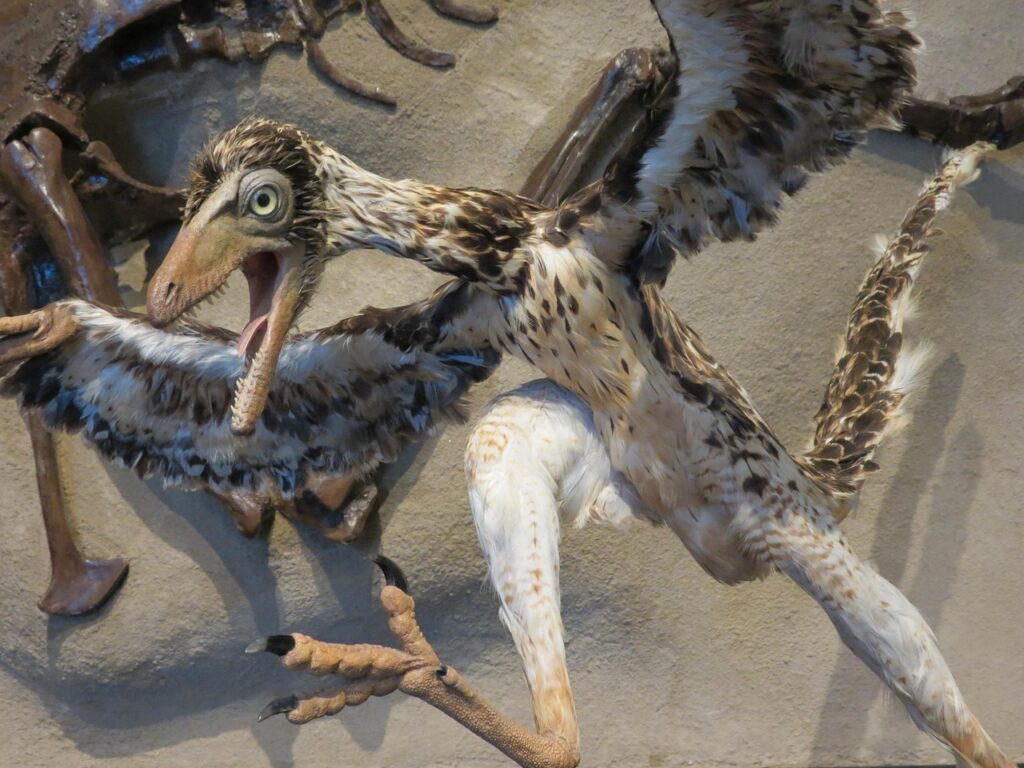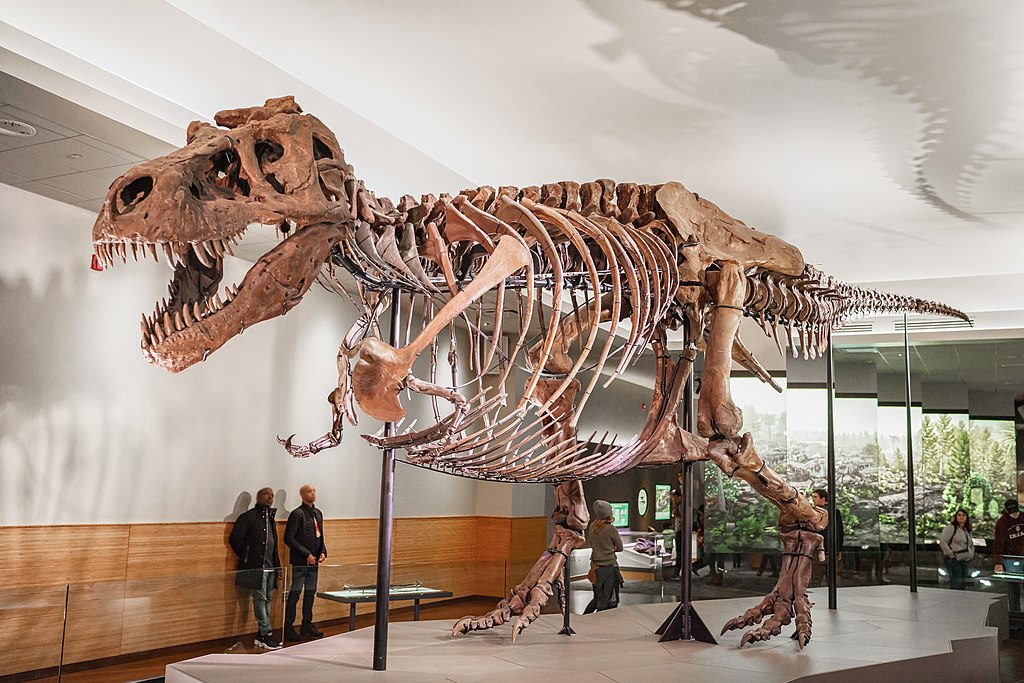When we think of dinosaurs, our minds often conjure images of towering giants like the Brachiosaurus or fearsome predators like Tyrannosaurus rex. However, the fossil record reveals a fascinating aspect of dinosaur diversity that’s often overlooked: miniature species that would have fit in the palm of your hand or pocket. These pocket-sized dinosaurs represent evolutionary marvels that challenge our traditional perception of these ancient reptiles. Small in stature but enormous in scientific significance, these diminutive creatures offer unique insights into dinosaur adaptation, ecological niches, and evolutionary pathways. Let’s explore what paleontologists have discovered about these remarkable miniature marvels.
Defining Pocket-Sized Dinosaurs
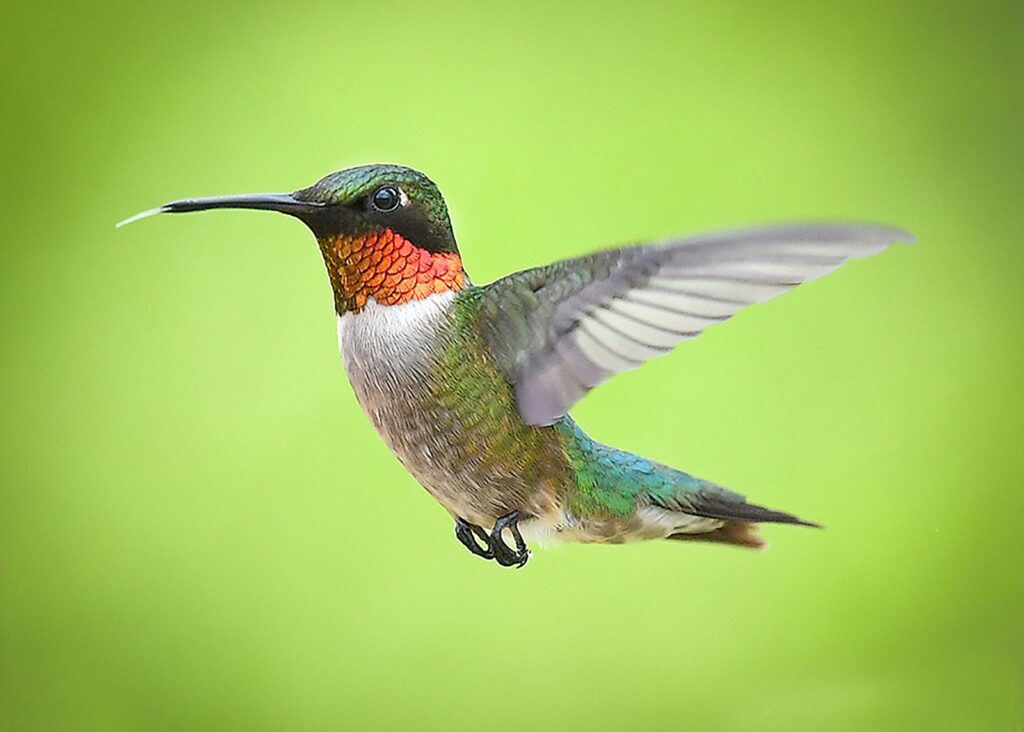
When paleontologists refer to “pocket-sized” dinosaurs, they’re generally discussing species that were unusually small compared to their taxonomic relatives. These diminutive dinosaurs typically reached adult lengths of less than a meter, with some measuring merely inches from snout to tail. While not all could fit in a pocket, the term highlights their remarkable miniaturization relative to the gigantism we often associate with dinosaurs. For context, the smallest known dinosaur species were comparable in size to modern hummingbirds or mice—a stark contrast to their colossal cousins. This extraordinary size range demonstrates the remarkable adaptability and evolutionary diversification of dinosaurs across their 165-million-year reign.
Microraptor: The Four-Winged Wonder
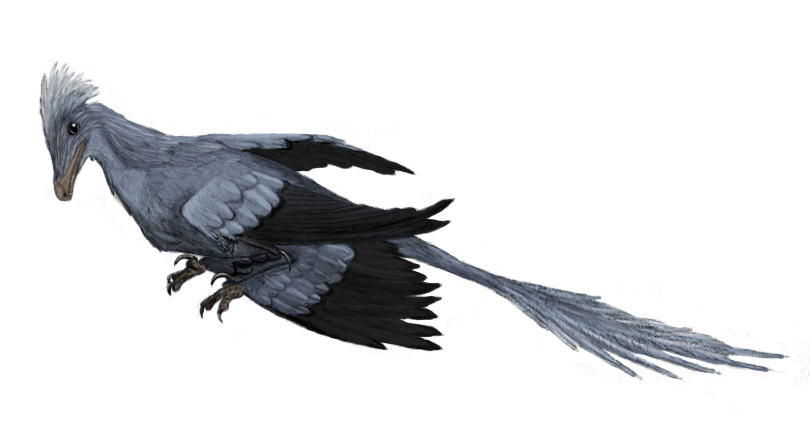
Microraptor stands as one of the most fascinating pocket-sized dinosaurs ever discovered, measuring just 2-3 feet in length with a weight comparable to a modern chicken. This crow-sized theropod possessed a remarkable adaptation: four wing-like structures made of feathers on both its arms and legs, making it the only known dinosaur with four wings. Discovered in the rich fossil beds of Liaoning Province in China, Microraptor lived approximately 120 million years ago during the Early Cretaceous period. Paleontologists believe it glided between trees in dense forests, possibly hunting small mammals, birds, fish, and invertebrates. Its diminutive size and unique anatomy have provided crucial insights into the evolutionary connection between dinosaurs and birds, representing a pivotal discovery in understanding avian origins.
Epidexipteryx: The Bizarre Display Specialist
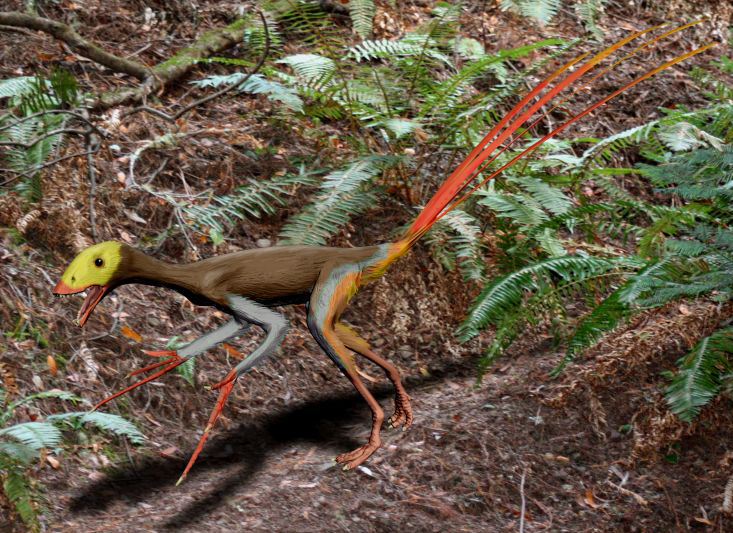
Among the strangest pocket-sized dinosaurs was Epidexipteryx hui, a pigeon-sized creature from the Middle to Late Jurassic of Inner Mongolia, China, approximately 160 million years ago. With an estimated weight of just 164 grams (less than 6 ounces) and a body length of 25 centimeters (10 inches) excluding its tail, this tiny dinosaur could easily have perched on a human hand. What makes Epidexipteryx particularly bizarre are its four long, ribbon-like tail feathers that likely served as display structures rather than for flight. Unlike many other feathered dinosaurs, it possessed unusual integumentary structures—simple, thread-like feathers covering its body that lacked the complex branching pattern seen in modern bird feathers. Its oversized teeth and long fingers suggest it may have specialized in extracting insects from tree bark, similar to modern woodpeckers, occupying a highly specialized ecological niche among the dinosaurs.
Parvicursor: The Desert Sprinter
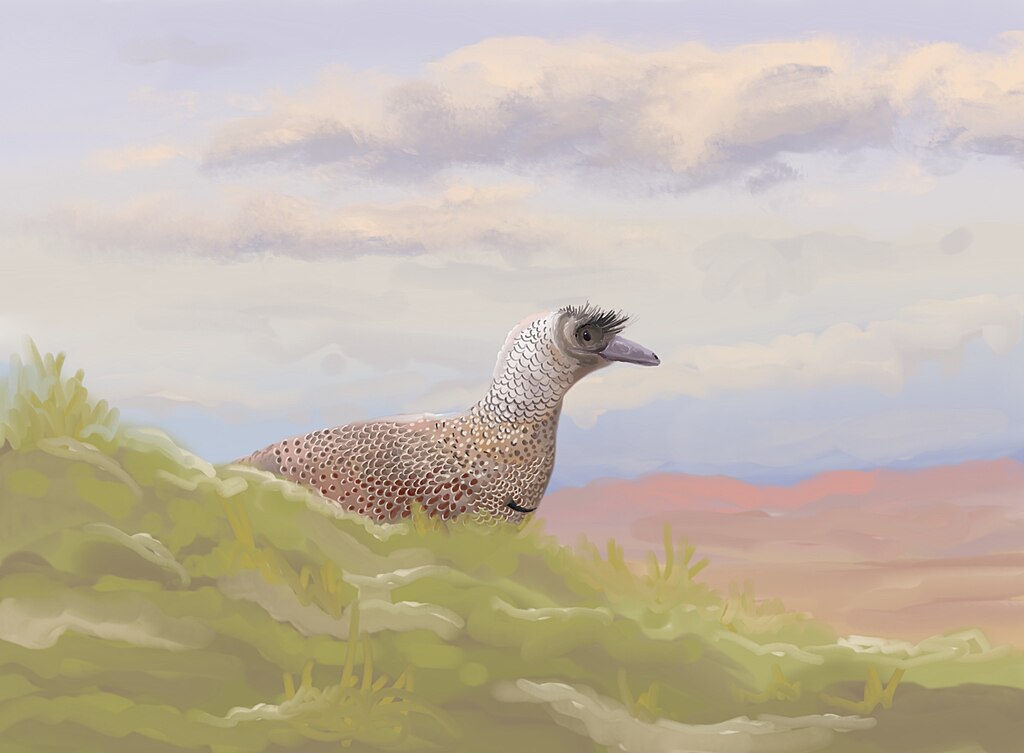
Parvicursor remotus represents one of the smallest non-avian dinosaurs ever discovered, with a body barely 39 centimeters (15 inches) long and weighing less than a kilogram. This Late Cretaceous alvarezsaurid, discovered in the Gobi Desert of Mongolia, lived approximately 75-70 million years ago in what was then a harsh desert environment. Parvicursor possessed extremely reduced forelimbs with a single functional digit, which researchers believe was used to break open insect nests or dig for prey. Its hindlimbs, in contrast, were proportionally long and powerful, suggesting it was built for speed, likely an adaptation for catching fast-moving prey or escaping larger predators in open terrain. The miniaturization of Parvicursor represents an extreme example of specialized evolution, demonstrating how dinosaurs could adapt to fill even the smallest ecological niches available in their environments.
Anchiornis: The Feathered Time Capsule
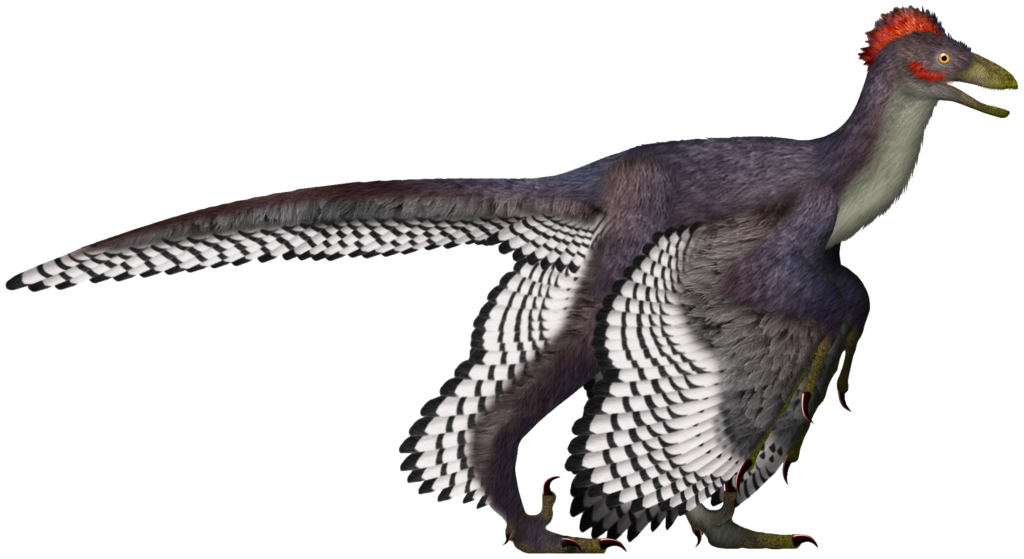
Anchiornis huxleyi provides paleontologists with one of the most complete pictures of any small dinosaur, thanks to exceptionally preserved fossils that reveal not just skeletal details but also the color and pattern of its feathers. This crow-sized dinosaur, measuring about 34 centimeters (13 inches) long and weighing roughly 110 grams, lived in what is now northeastern China during the Late Jurassic period, approximately 160 million years ago. Remarkable fossil preservation has allowed scientists to determine that Anchiornis had a primarily grey body with white feather fringes on its wings and legs, and a reddish-brown crown of feathers on its head. This tiny dinosaur possessed four wings like Microraptor, with long feathers on both its arms and legs, though it likely wasn’t capable of powered flight. Anchiornis represents an important transitional form in the evolution of flight, occupying a position near the base of the bird evolutionary tree and demonstrating how feathers evolved for display before they were co-opted for aerodynamic functions.
Mahakala: The Miniature Predator
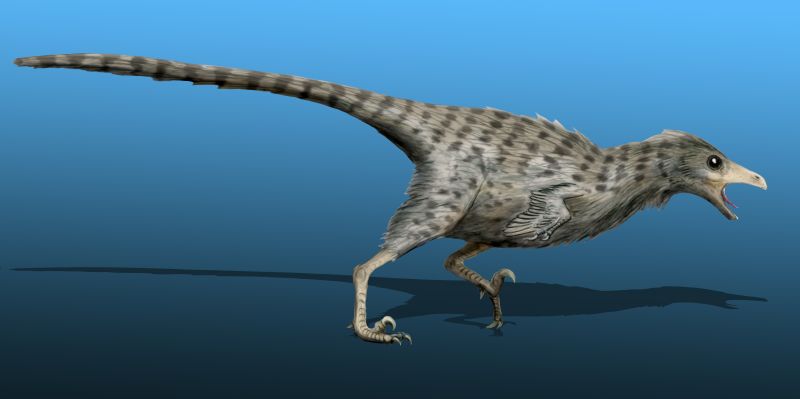
Mahakala omnogovae represents a fascinating case of miniaturization within the dromaeosaurid family—the famous “raptor” dinosaurs that include Velociraptor. Despite belonging to a group known for relatively larger predators, Mahakala was remarkably small, measuring only about 70 centimeters (28 inches) in length. This chicken-sized predator lived in the Late Cretaceous of Mongolia approximately 80 million years ago. What makes Mahakala particularly significant to paleontologists is that it retained primitive features despite its recent geological age, suggesting it represented a lineage of consistently small-bodied dromaeosaurids. This discovery challenged previous assumptions that small size in dinosaurs was always a derived trait (evolving from larger ancestors). Instead, Mahakala suggests that the ancestral dromaeosaurids and early paravians (the group including dromaeosaurids, troodontids, and birds) were small-bodied, with larger size evolving later in some lineages—a finding that reshaped our understanding of bird origins and dinosaur evolution.
Scansoriopterygids: The Strange Tree-Dwellers
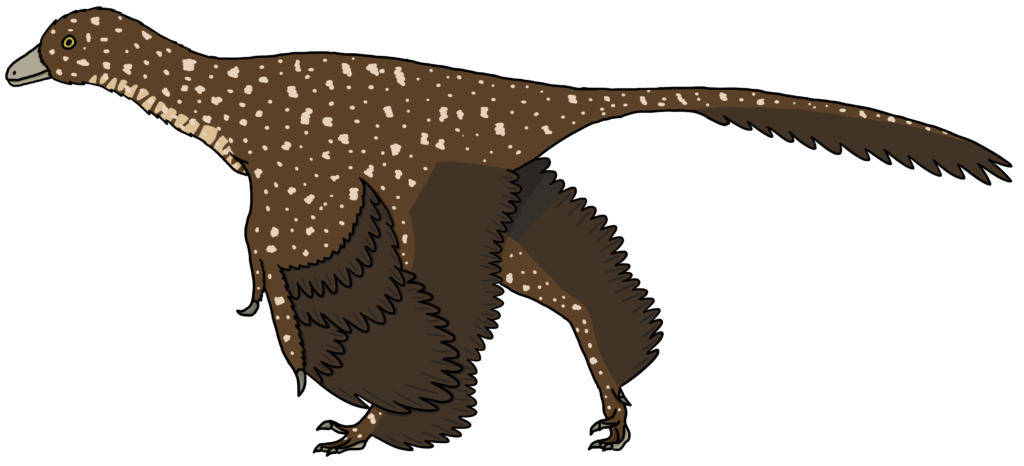
The scansoriopterygids represent some of the most unusual pocket-sized dinosaurs, characterized by their bizarre adaptations for an arboreal lifestyle. This family includes genera such as Yi qi and Ambopteryx, both of which measured less than 60 centimeters (24 inches) in length. These enigmatic creatures, living during the Late Jurassic period approximately 160 million years ago in China, possessed extremely elongated third fingers that supported a bat-like membrane used for gliding between trees. This completely unexpected adaptation, unlike anything seen in other dinosaurs or birds, represented a third distinct experiment in vertebrate aerial locomotion (alongside pterosaur and bird wings). Scansoriopterygids also had unusually short tails and long arms, adaptations that likely enhanced their tree-climbing abilities. Their peculiar body plan demonstrates the remarkable evolutionary plasticity of small-bodied dinosaurs, showing how miniaturization could open up opportunities for radical anatomical experimentation.
Hesperornithoides: The Miniature American

Hesperornithoides miessleri provides important evidence that pocket-sized dinosaurs weren’t limited to Asian ecosystems but thrived globally during the Mesozoic era. This chicken-sized troodontid dinosaur, discovered in the Morrison Formation of Wyoming, lived during the Late Jurassic period approximately 150 million years ago. Measuring about 89 centimeters (35 inches) in length, Hesperornithoides possessed features typical of troodontids—large eyes, serrated teeth, and an enlarged sickle-shaped claw on each foot. Analysis of the fossil’s limb proportions and habitat suggests it was likely terrestrial rather than arboreal, hunting small prey in the semi-arid floodplains of Jurassic North America. The discovery of Hesperornithoides was particularly significant because it represented one of the oldest known members of the Paraves group, contributing valuable data about the timing and pattern of the dinosaur-bird transition and demonstrating that small-bodied, bird-like dinosaurs were already diverse by the Late Jurassic.
Oculudentavis: The Controversial Hummingbird-Sized Enigma
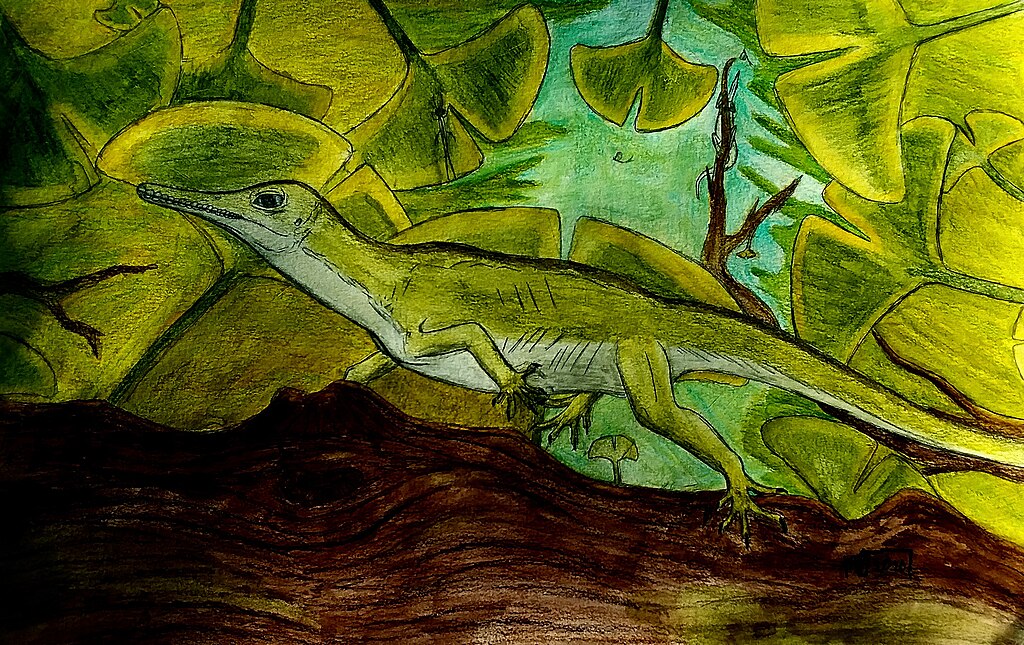
In 2020, a tiny skull preserved in 99-million-year-old Burmese amber was described as belonging to Oculudentavis khaungraae, initially interpreted as the smallest dinosaur ever discovered, comparable in size to a modern hummingbird. The specimen featured large eye sockets, a long, tapering snout filled with sharp teeth, and was estimated to represent an animal weighing less than 2 grams. However, this classification became one of paleontology’s most rapidly evolving controversies. Further research and additional specimens led scientists to reinterpret Oculudentavis as a bizarre lizard rather than a dinosaur or bird. This reclassification highlights the challenges in identifying extremely small, unusual vertebrate fossils and the convergent evolution that can occur in miniaturized species. Despite its revised classification, the Oculudentavis fossils remain remarkable for their extraordinary preservation in amber and for documenting extreme miniaturization in Mesozoic reptiles, showing how small vertebrates could become in the age of dinosaurs.
Evolutionary Advantages of Miniaturization

The repeated evolution of pocket-sized dinosaurs across different lineages suggests miniaturization offered significant evolutionary advantages. Small body size allowed these dinosaurs to exploit ecological niches unavailable to larger species, such as feeding on insects, seeds, and other small food items that couldn’t sustain bigger animals. Miniaturization also permitted exploitation of structurally limited habitats like the forest canopy, where small animals could move among thin branches inaccessible to larger creatures. From an energetic perspective, smaller bodies required less food, allowing these dinosaurs to survive in resource-limited environments or during periods of scarcity. Perhaps most significantly, reduced body size likely facilitated the evolution of flight—all evidence indicates that birds evolved from small-bodied theropod dinosaurs, not large ones. The physics of flight favors smaller, lighter bodies, making miniature dinosaurs the perfect evolutionary launching pad for the development of powered flight that would eventually lead to modern birds.
Research Challenges and Fossil Bias
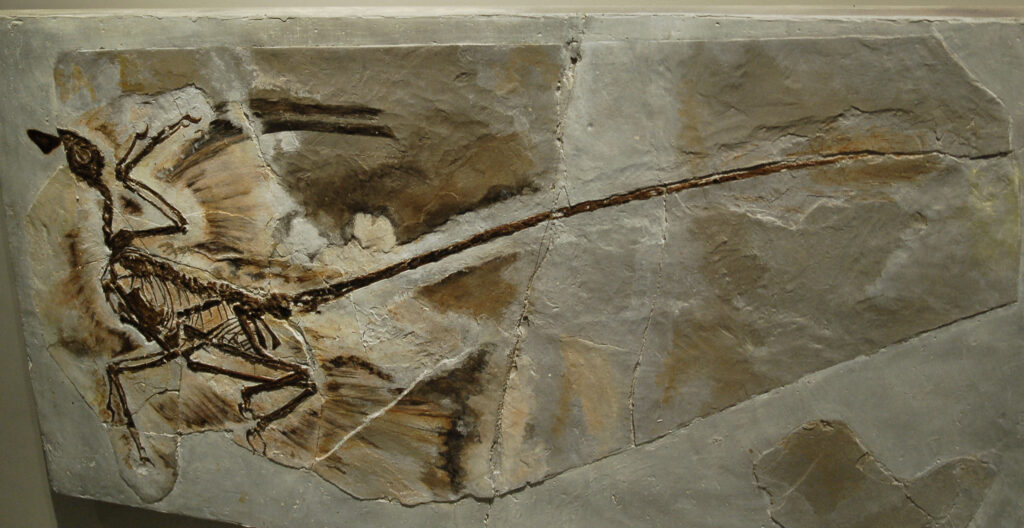
Studying pocket-sized dinosaurs presents unique challenges that have likely led to their underrepresentation in the fossil record. The delicate bones of miniature species are far less likely to fossilize than the robust skeletons of larger dinosaurs, creating a preservation bias that skews our understanding of dinosaur diversity. When small dinosaur fossils are preserved, they’re easily overlooked during field collection or may be mistaken for juveniles of larger species rather than recognized as distinct miniaturized taxa. Furthermore, many pocket-sized dinosaurs lived in forested environments where fossilization is less common than in the open floodplains that preserve many larger dinosaur species. The exceptional fossil beds of northeastern China, with their fine-grained lake sediments capable of preserving even feather impressions, have revolutionized our understanding of small dinosaurs, suggesting that similar creatures may have been common worldwide but remain undiscovered due to preservation biases and collection challenges.
Evolutionary Patterns and Convergence
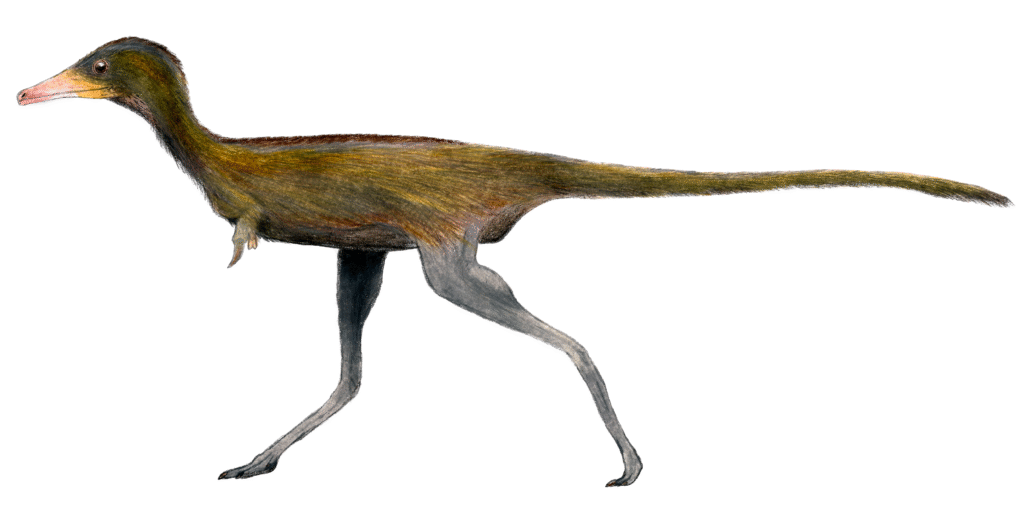
The evolution of pocket-sized dinosaurs followed several distinct patterns across the dinosaur family tree. In some lineages, like certain Alvarezsaurids and scansoriopterygids, miniaturization appears to have been an extreme specialization from moderately-sized ancestors. In others, particularly near the origin of birds, small body size may have been the ancestral condition maintained through millions of years of evolution. Fascinatingly, many miniaturized dinosaur groups independently evolved similar adaptations—a phenomenon known as convergent evolution. Multiple lineages developed large eyes relative to their skull size, likely enhancing vision for nocturnal or crepuscular activity when many predators were inactive. Several groups also evolved elongated digits or limbs, adaptations that facilitated climbing or gliding in arboreal habitats. Perhaps most striking is the repeated evolution of unusual dietary specializations, with different pocket-sized dinosaur lineages developing distinct adaptations for insectivory, from the single-digit hands of alvarezsaurids to the elongated snouts of scansoriopterygids and the specialized teeth of many small troodontids.
The Legacy of Miniature Dinosaurs
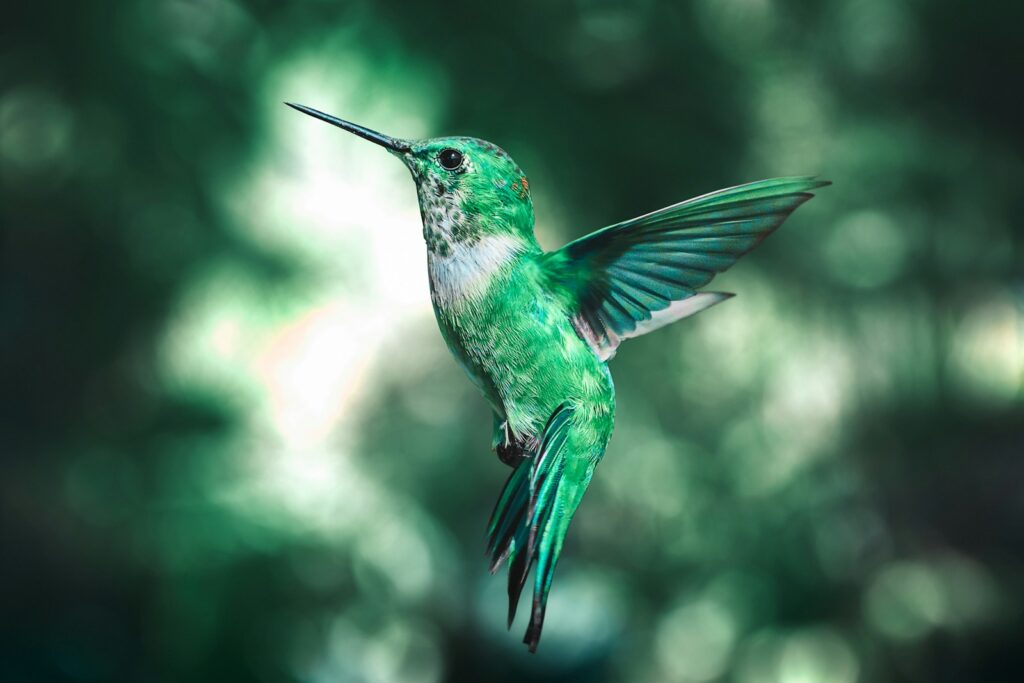
The evolutionary legacy of pocket-sized dinosaurs surrounds us today in the form of nearly 10,000 species of modern birds—the last surviving dinosaur lineage. The miniaturization that occurred in the theropod ancestors of birds was a crucial step in the dinosaur-bird transition, creating the conditions necessary for the evolution of powered flight. Small body size allowed for the development of the high metabolism needed for flight, as well as the neuromuscular coordination required for aerial navigation. Today’s smallest birds, like the bee hummingbird weighing less than 2 grams, represent the culmination of a miniaturization process that began over 150 million years ago with small-bodied, feathered dinosaurs. Understanding pocket-sized dinosaurs thus provides crucial context for bird evolution and demonstrates that the impressive size range of modern birds—from tiny hummingbirds to large ostriches—had its origins in the remarkable diversity of their dinosaurian ancestors. The success of birds following the end-Cretaceous mass extinction that eliminated all other dinosaurs may partially reflect evolutionary advantages conferred by their small size, including reduced resource requirements during the post-impact environmental collapse.
Conclusion
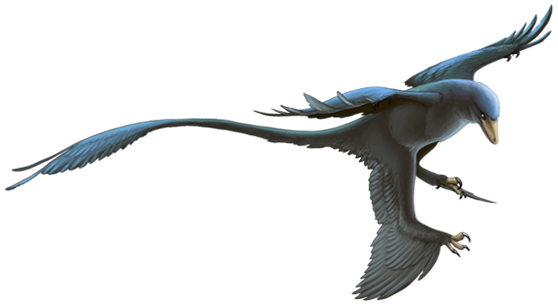
Far from being mere curiosities, pocket-sized dinosaurs represent a crucial but often overlooked aspect of dinosaur evolution. These miniature marvels demonstrate the remarkable adaptability of dinosaurs, showing how they evolved to fill ecological niches across the size spectrum—from the smallest vertebrate predators to the largest land animals ever to walk the Earth. The study of miniaturized dinosaurs continues to transform our understanding of dinosaur diversity, the evolution of birds, and the complex ecosystems of the Mesozoic Era. As new fossils emerge from exceptional deposits worldwide, we can expect our knowledge of these fascinating creatures to expand, further enriching our appreciation for the extraordinary evolutionary journey of dinosaurs that ultimately led to the birds that share our world today.


